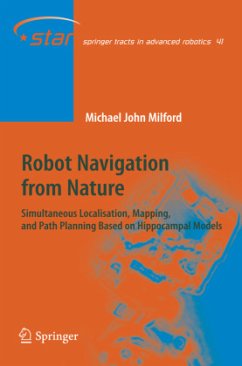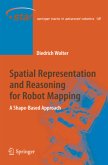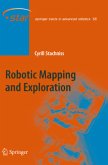At the dawn of the new millennium, robotics is undergoing a major transformation in scope and dimension. From a largely dominant industrial focus, robotics is rapidly expanding into the challenges of unstructured environments. Interacting with, assi- ing, serving, and exploring with humans, the emerging robots will increasingly touch people and their lives. The goal of the new series of Springer Tracts in Advanced Robotics (STAR) is to bring, in a timely fashion, the latest advances and developments in robotics on the basis of their significance and quality. It is our hope that the wider dissemination of research developments will stimulate more exchanges and collaborations among the research community and contribute to further advancement of this rapidly growing field. The monograph written by Michael Milford is yet another volume in the series devoted to one of the hottest research topics in the latest few years, namely Simul- neous Localization and Map Building (SLAM). The contents expand the author's doctoral dissertation and describe the development of a robot mapping and navigation system inspired by models of the neural mechanisms underlying spatial navigation in the rodent hippocampus. One unique merit of the book lies in its truly interdisciplinary flavour, addressing a link between biology and artificial robotic systems that has been open for many years. To the best of my knowledge, this is the most thorough attempt to marry biological navigation in rodents and similar, with robotic navigation and SLAM. A very fine addition to our STAR series!
From the reviews:
"This book is written for researchers, graduate students, and professionals in robotics, especially robot navigation and computational neuroscience. The hippocampus has been studied extensively in rodents as part of the brain system responsible for navigation and spatial memory ... ." (IEEE Control Systems Magazine, Vol. 30, April, 2010)
"This book is written for researchers, graduate students, and professionals in robotics, especially robot navigation and computational neuroscience. The hippocampus has been studied extensively in rodents as part of the brain system responsible for navigation and spatial memory ... ." (IEEE Control Systems Magazine, Vol. 30, April, 2010)








